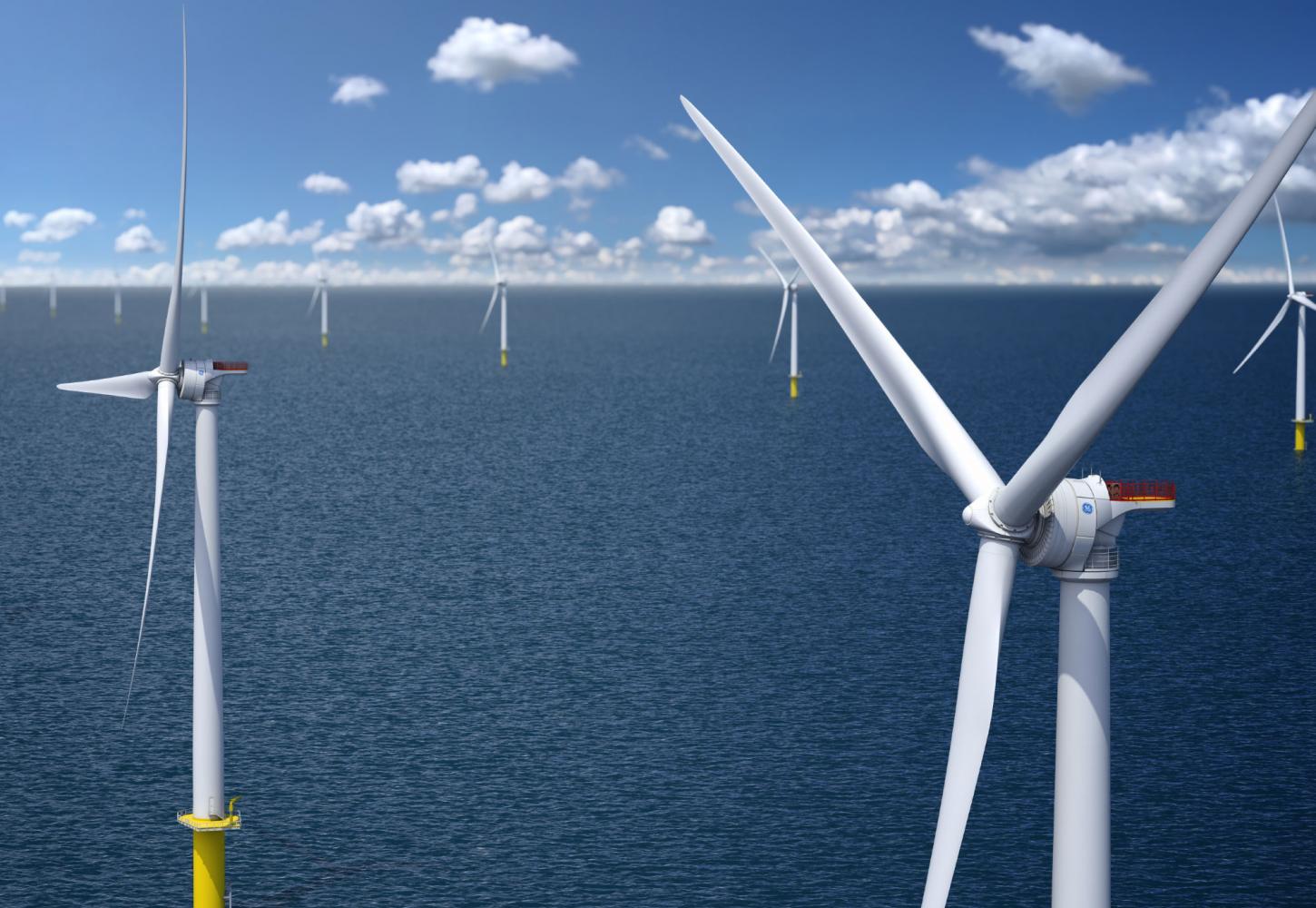According to IEA around USD 2.8 trillion will be invested in energy in 2023. More than USD 1.7 trillion is going to clean energy, including renewable power, nuclear, grids, storage, low-emission fuels, efficiency improvements and end-use renewables and electrification. The remainder, slightly over USD 1 trillion, is going to unabated fossil fuel supply and power, of which around 15% is to coal and the rest to oil and gas. For every USD 1 spent on fossil fuels, USD 1.7 is now spent on clean energy. Five years ago this ratio was 1:1.
Clean energy investments have been boosted by a variety of factors. These include improved economics at a time of high and volatile fossil fuel prices; enhanced policy support through instruments like the US Inflation Reduction Act and new initiatives in Europe, Japan, the People’s Republic of China (hereafter “China”) and elsewhere; a strong alignment of climate and energy security goals, especially in import-dependent economies; and a focus on industrial strategy as countries seek to strengthen their footholds in the emerging clean energy economy.
This momentum has been led by renewable power and EVs, with important contributions also from other areas such as batteries, heat pumps and nuclear power. In 2023 low-emissions power is expected to account for almost 90% of total investment in electricity generation. Solar is the star performer and more than USD 1 billion per day is expected to go into solar investments in 2023 (USD 380 billion for the year as a whole), edging this spending above that in upstream oil for the first time.
Consumers are investing in more electrified end uses. Demand for electric cars is booming, with sales expected to leap by more than one-third this year after a record-breaking 2022. As a result, investment in EVs (defined as the incremental spending on EVs vs the average price of vehicles sold in a given country) has more than doubled since 2021, reaching USD 130 billion in 2023. Global sales of heat pumps have seen double-digit growth since 2021.
2022 was an extraordinarily profitable year for many fossil fuel companies, as they saw revenues soar on higher fuel prices. Net income from fossil fuel sales more than doubled compared with the average in recent years, with global oil and gas producers receiving around USD 4 trillion.
Our overall expectation, based on analysis of the announced spending plans of all the large and medium-sized oil, gas and coal companies, is that investment in unabated fossil fuel supply is set to rise by more than 6% in 2023, reaching USD 950 billion.
The largest share of this total is going to upstream oil and gas, where investment is expected to rise by 7% in 2023 to more than USD 500 billion, bringing this indicator in aggregate back to the levels of 2019. Around half this increase is likely to be absorbed by cost inflation.
Many large oil and gas companies have announced higher spending plans on the back of record revenues. But uncertainties over longer-term demand, worries about costs, and pressure from many investors and owners to focus on returns rather than production growth mean only large Middle Eastern national oil companies are spending much more in 2023 than they did in 2022, and they are the only subset of the industry spending more than pre-pandemic levels.
The headline rise in spending on new oil and gas supply represents less than half of the cash flow that was available to the oil and gas industry. Between 2010 and 2019, three-quarters of cash outflows were typically invested into new supply. This is now less than half, with the majority going to dividends, share buybacks and debt repayment.
Investment by the oil and gas industry in low-emissions sources of energy is less than 5% of its upstream investment. This indicator differs widely by company, with double-digit shares common among the large European companies. Investment by the industry in clean fuels, such as bioenergy, hydrogen and CCUS, is picking up in response to more supportive policies but remains well short of where it needs to be in climate-driven scenarios.
Investment in coal supply is expected to rise by 10% in 2023, and is already well above pre-pandemic levels. Investment in new coal-fired power plants remains on a declining trend, but a warning sign came in 2022 with 40 GW of new coal plants being approved – the highest figure since 2016. Almost all of these were in China, reflecting the high political priority attached to energy security after severe electricity market strains in 2021 and 2022, even as China deploys a range of low-emission technologies at scale.
Discover more from Green Innovation News
Subscribe to get the latest posts sent to your email.





